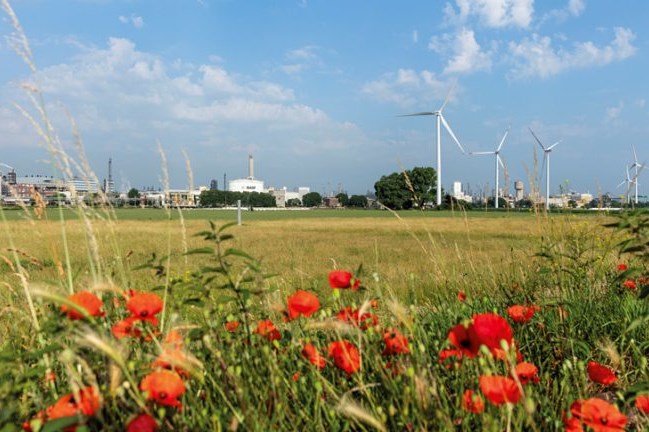PVC Plasticizers Based on Renewable and Chemically Recycled Feedstock
BASF’s new biomass balance BMB and chemically recycled Ccycled now part of the company’s portfolio of plasticizers.
A portfolio of PVC plasticizers from BASF also contains versions based on renewable or chemically recycled feedstock, Said to have the same specifications and technical properties as those of conventional fossil fuel plasticizers, the alternative feedstock for these plasticizers is allocated to the sales products according to a mass balance approach. The products include:
â–ª BMB, biomass balanced plasticizers, including Hexamoll DINCH BMB, Palatinol N BMB, Palatinol 10-P BMB and Plastomol DOA BMB, are produced with bio-naphtha or biogas. These materials are derived from organic waste or vegetable oils. Biomass balanced plasticizers have a lower carbon footprint than the conventional ones and help save fossil resources. Both, BASF’s mass balance approach and BMB plasticizers are certified according to REDcert2 .
â–ª Ccycled plasticizer is based on chemically recycled feedstock. With Hexamoll DINCH Ccycled, BASF is offering its trusted non-phthalate plasticizer based on chemically recycled feedstock. The company uses pyrolysis oil obtained from previously non-recycled plastic waste instead of fossil resources at the beginning of the value chain. The oil is supplied by partners as part of BASF’s ChemCycling project. The allocation to CcycledTM sales products is also done by using a third-party certified mass balance approach.

The resulting products contribute to the recycling of plastic waste. Said Diana Brunnenkant, BASF’s head of marketing for plasticizers EMEA, “The mass balance approach enables us to process renewable and recycled feedstocks together with fossil raw materials in our existing efficient production network and to allocate their share to specific products. The principle is similar to that of green electricity. Consumers can be sure that the share of green energy in the overall electricity grid increases due to their decision to purchase it. However, the electricity they use in their homes is not only generated from renewable energy sources.”
Thanks to the same specifications and technical properties as regular plasticizers, there is no need for additional sampling or release testing of the new plasticizers. Transportation and warehousing can also be done together with the regular products.. They are also an essential part of sensitive applications such as toys, medical products, sports and leisure equipment as well as food packaging. They give flexibility to PVC products and at the same time they offer protection against the effects of weathering and temperature, thereby helping to maintain the products’ functionality
Related Content
-
Foam-Core Multilayer Blow Molding: How It’s Done
Learn here how to take advantage of new lightweighting and recycle utilization opportunities in consumer packaging, thanks to a collaboration of leaders in microcellular foaming and multilayer head design.
-
How to Extrusion Blow Mold PHA/PLA Blends
You need to pay attention to the inherent characteristics of biopolymers PHA/PLA materials when setting process parameters to realize better and more consistent outcomes.
-
How to Optimize Color Evaluation of Recycled Plastics
The right color measurement instrument and good working methods will minimize variability in color evaluation of PCR.




